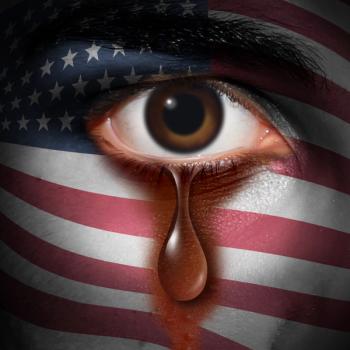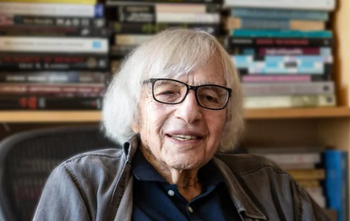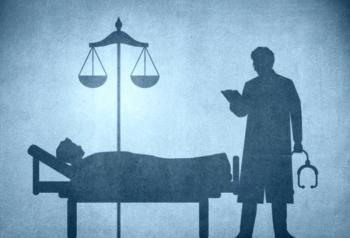
In the Seclusion Room
What is the role of seclusion in creating a culture of care within acute inpatient psychiatric units?
CLINICAL REFLECTIONS
This is how one of my patients advocated for his peer who ended up in the seclusion room due to agitation: “Dr Reda, please try to get her out of there as soon as it is safe to do so. Seclusion is a very lonely experience.”
Due to multiple and complicated systemic issues, it is not uncommon to have a staff shortage in the acute inpatient psychiatric unit. Frontline mental health professionals—who are usually stretched too thin to start with—are expected to multitask; to carry a heavy caseload; and to navigate the culture of acute psychiatry that can, even under normal circumstances, pose an imminent threat to their safety and the safety of their patients.
Staff are humans, not machines, and they cannot be everything for everyone at all times. As a result of short staffing and burnout, when a patient’s anxiety goes unnoticed, the situation can quickly escalate into restlessness, agitation, and even full-blown violence. When things go beyond the point of verbal de-escalation, staff might see no other option than to restrain and seclude the patient to protect them from inflicting harm on themselves or on others.1
A seclusion episode is commonly viewed as a bad outcome, and staff for the most part feel guilty and debrief the incident, trying to find out what went wrong and how to prevent it from happening again in the future.
It is true that most patients with mental illness are not violent, and it is true that most violence is committed by individuals who are not mentally ill. However, patients in the acute psychiatric unit could resort to violence when they have acute psychosis or substance-related intoxication or withdrawal; when they feel unheard or dismissed; or when they are wrestling with intense thoughts to harm themselves and/or others.
The approach to violence is a comprehensive one. There are many tools that can be used before resorting to restrictive measures. Seclusion and restraints, however, are sometimes unavoidable or even lifesaving. The approach to this dilemma is collaborative. Staff can use tools like LUDA (listen to understand and deeply appreciate) and LATTE (listen, agree or agree to disagree, talk about the unmet need leading to the behavior, thank them for working with you through it, and empower them by equipping them with the skills needed to navigate future episodes). Some systems implement programs like “soft show of force,” “show of concern,” and “therapeutic takedown.”
The truth is your patient might end up in the seclusion room no matter how hard you try to avoid that, and seclusion could be the most appropriate action and the most therapeutic intervention. It is not always “patient first,” and it does not have to be “staff first”—we should all prioritize safety.
Safety means that we build a culture of care, so our healers stop to walk wounded, design a healing environment that focuses on early prevention rather than late intervention, fix systemic issues that place everyone at risk, and not forget the patient in the seclusion room who deserves to be debriefed and who usually shows remorse and makes amends.
We are all humans. We all make mistakes. Mistakes are opportunities to improve; they are teachable moments. And that is okay as long as we follow every rupture with a repair.
Dr Reda is a practicing psychiatrist with Providence Healthcare System in Portland, Oregon. He is the author of
Reference
1. Holloman Jr GH, Zeller SL.
Newsletter
Receive trusted psychiatric news, expert analysis, and clinical insights — subscribe today to support your practice and your patients.

















